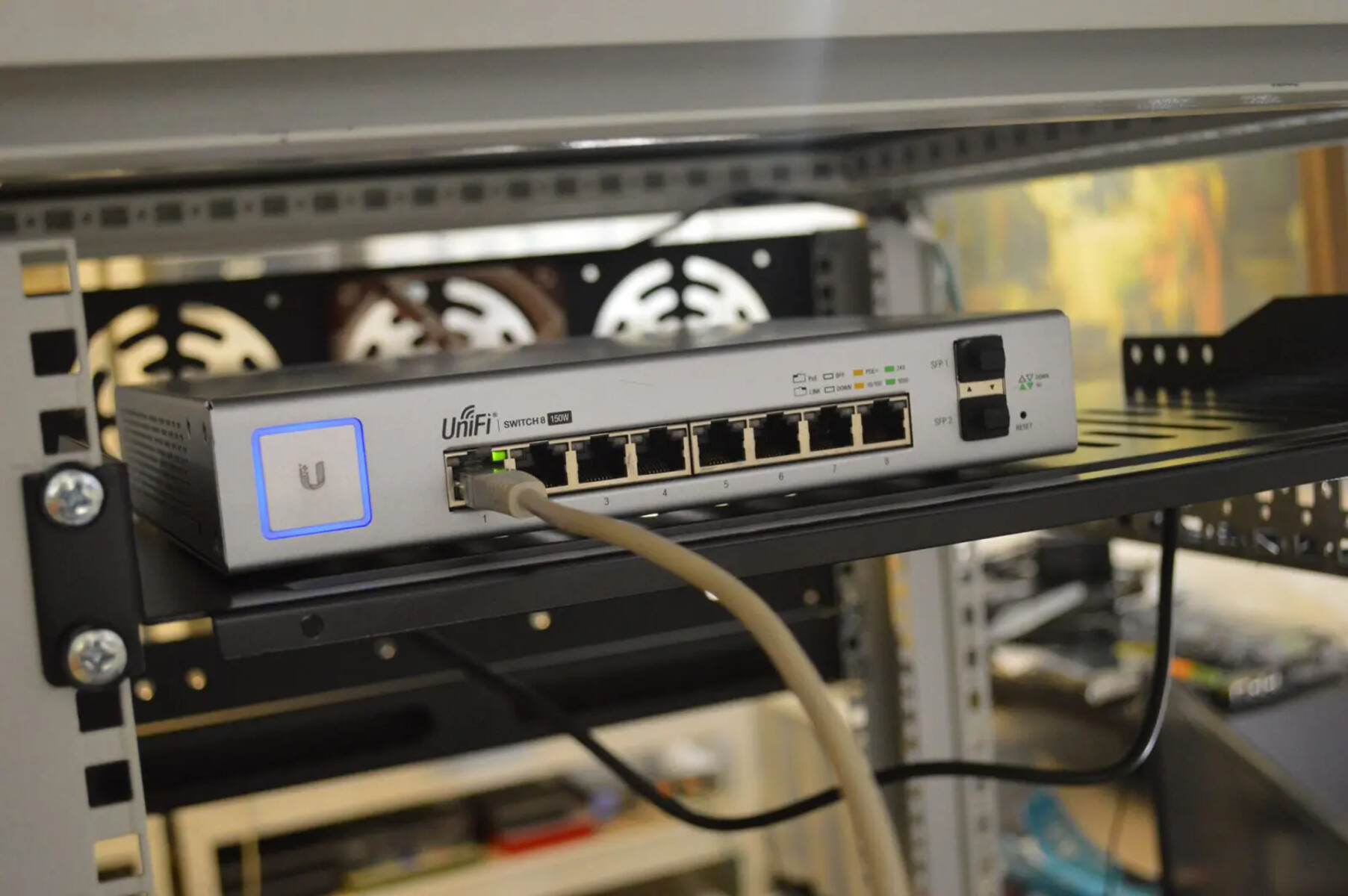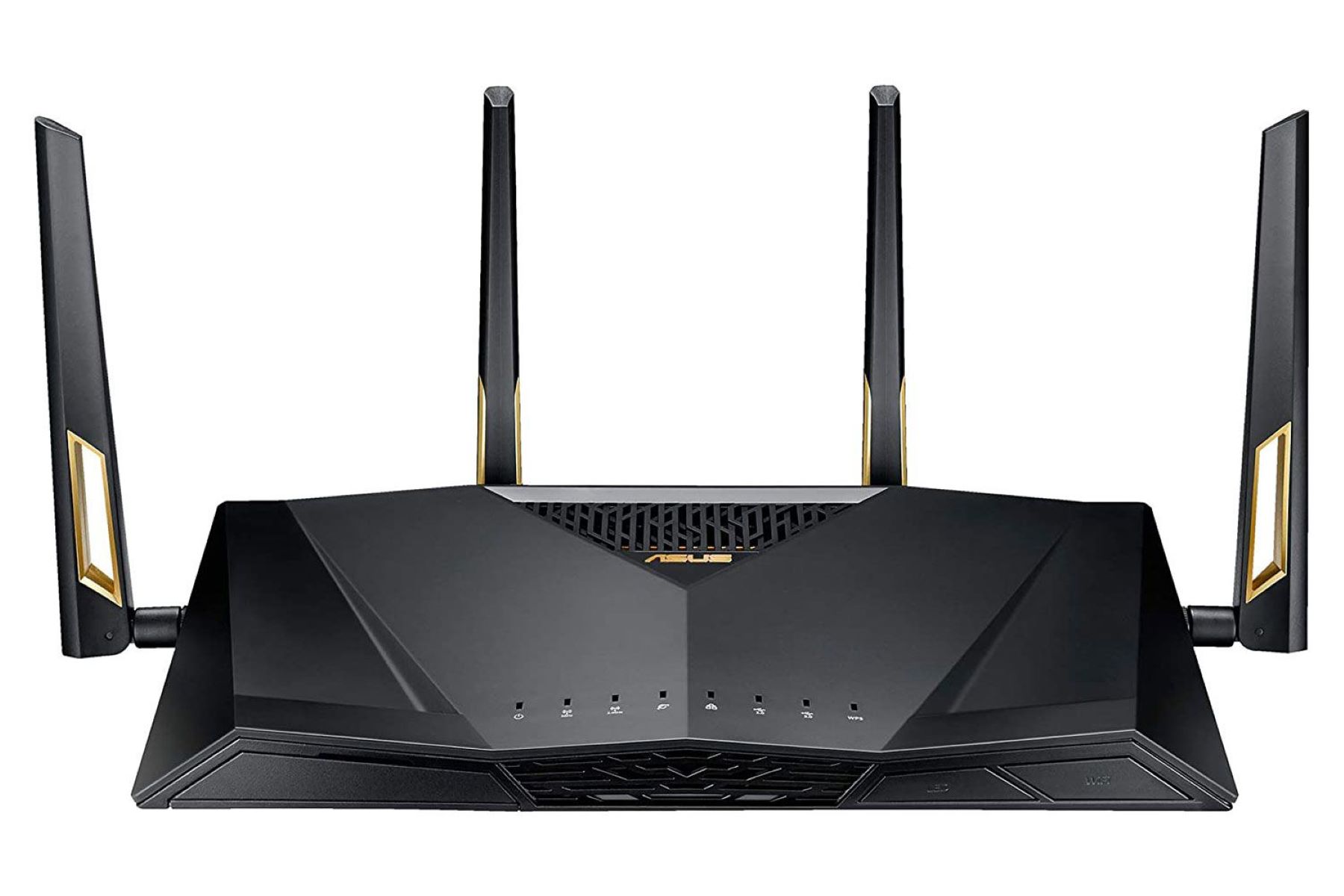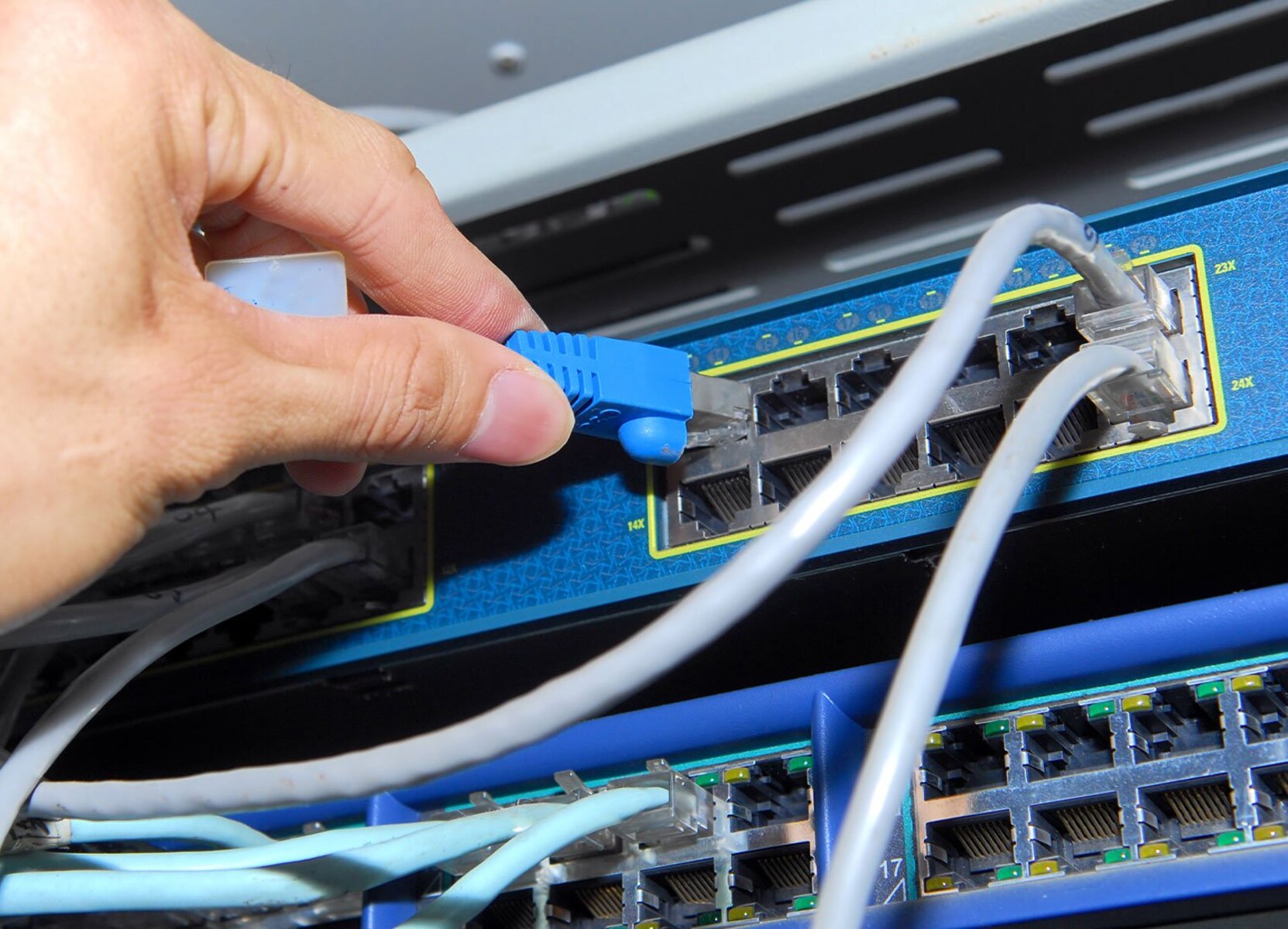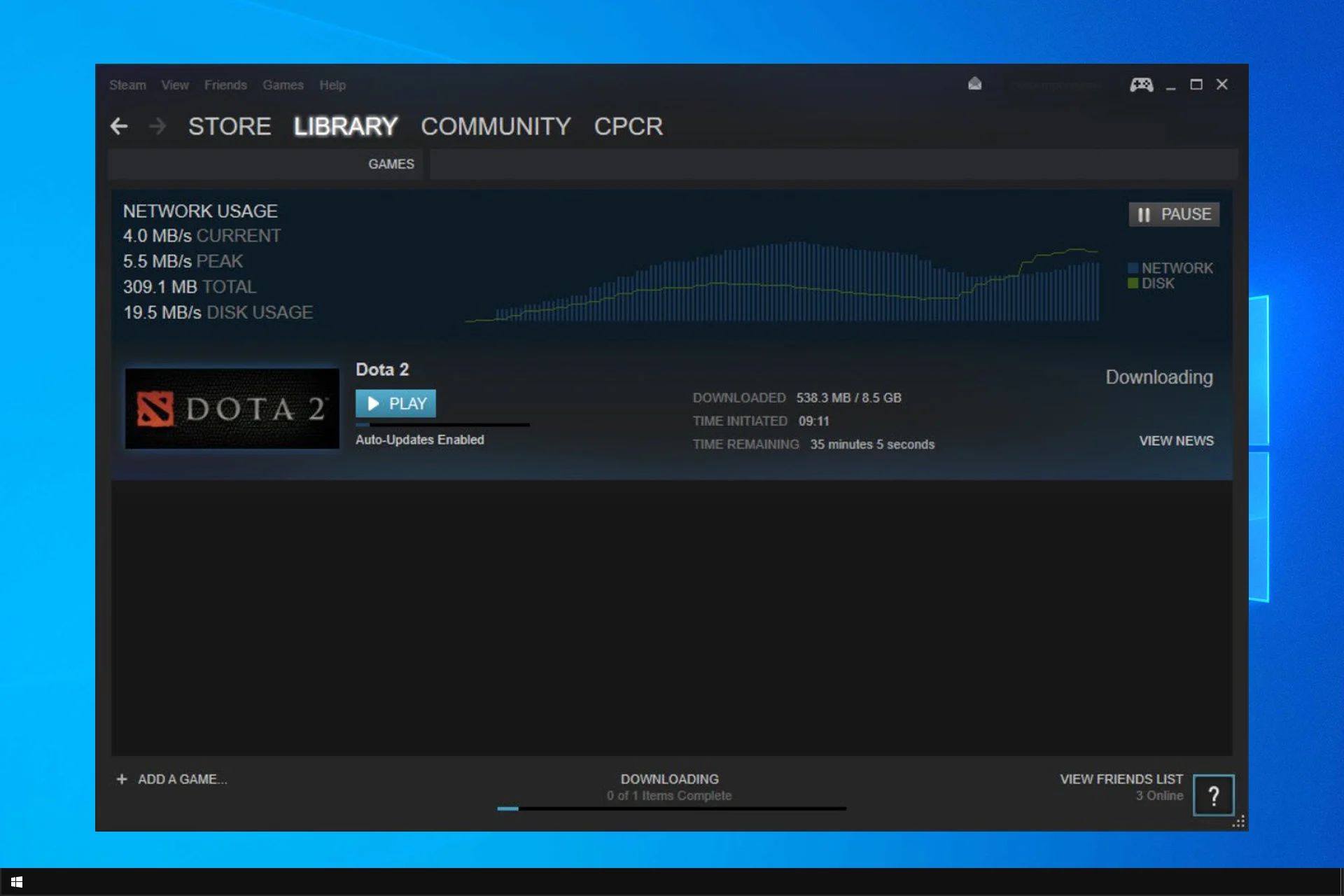Introduction
Understanding the Impact of Network Switches on Internet Speed
Have you ever experienced a significant drop in your internet speed when connecting your device to a network switch? This frustrating scenario is more common than you might think. Understanding the reasons behind this slowdown and how to troubleshoot it can save you from unnecessary stress and productivity loss. In this guide, we will delve into the world of network switches and explore the potential causes of internet speed drops when connected to these devices.
The internet has become an indispensable part of our daily lives, serving as a gateway to information, communication, and entertainment. Whether you use the internet for work, leisure, or both, a stable and high-speed connection is crucial. However, when your internet speed takes a nosedive after connecting to a network switch, it can disrupt your online activities and leave you scratching your head in frustration.
Network switches play a pivotal role in managing the flow of data within a network. They act as intermediaries, directing data packets to their intended destinations. While switches are essential for creating efficient and scalable networks, they can sometimes introduce speed bottlenecks that impede the flow of data. Understanding the intricacies of network switches and their impact on internet speed is the first step toward resolving connectivity issues and optimizing your online experience.
In the following sections, we will unravel the complexities of network switches, identify the potential culprits behind internet speed drops, and equip you with troubleshooting techniques to address these issues effectively. By gaining insight into the inner workings of network switches and their influence on internet speed, you will be better prepared to navigate the digital landscape with confidence and efficiency. Let's embark on this enlightening journey to unravel the mysteries of network switches and reclaim the full potential of your internet connection.
Understanding Network Switches
Unraveling the Role of Network Switches in Data Transmission
Network switches serve as the traffic directors of a local area network (LAN), efficiently routing data from its source to the appropriate destination. Unlike hubs, which indiscriminately broadcast data to all connected devices, switches intelligently forward data only to the intended recipients, optimizing network performance and bandwidth utilization.
At its core, a network switch operates by using the Media Access Control (MAC) addresses of connected devices to make forwarding decisions. Each device connected to the switch has a unique MAC address, allowing the switch to identify the specific device to which data should be sent. This targeted approach minimizes unnecessary data transmission, reduces network congestion, and enhances overall efficiency.
Network switches come in various types, including unmanaged, managed, and smart switches, each offering different levels of control and configuration options. Unmanaged switches are plug-and-play devices that require no manual configuration, making them ideal for simple network setups. Managed switches, on the other hand, provide advanced features such as VLAN support, Quality of Service (QoS) prioritization, and port mirroring, allowing for greater control over network traffic and security.
Smart switches, also known as smart managed switches, offer a middle ground between unmanaged and fully managed switches, providing a degree of customization and control while maintaining ease of use. These switches often feature web-based management interfaces, enabling users to adjust settings and monitor network activity with relative simplicity.
Understanding the capabilities and limitations of different switch types is essential for optimizing network performance and addressing potential speed issues. While switches are designed to facilitate efficient data transmission, certain factors such as network congestion, outdated hardware, or misconfigured settings can lead to a decline in internet speed when connected to a switch. By gaining a deeper understanding of network switches and their impact on data transmission, you can proactively identify and resolve potential bottlenecks, ensuring a seamless and consistent internet experience.
Causes of Internet Speed Drops When Hooked to Network Switch
Uncovering the Factors Behind Connectivity Slowdowns
Several factors can contribute to a noticeable reduction in internet speed when a device is connected to a network switch. Understanding these potential causes is crucial for diagnosing and addressing connectivity issues effectively. Let’s explore some common culprits that can lead to internet speed drops when hooked to a network switch:
- Network Congestion: In busy network environments, high levels of data traffic can overwhelm the switch’s capacity, leading to congestion and slowdowns. When multiple devices connected to the switch simultaneously transmit or receive large amounts of data, the network’s bandwidth may become saturated, impacting the speed and responsiveness of internet connections.
- Outdated Switch Hardware: Aging or obsolete network switches may lack the processing power and throughput capabilities required to handle modern internet speeds. Older switches with limited bandwidth capacities or outdated firmware may struggle to keep pace with the demands of high-speed internet connections, resulting in performance bottlenecks.
- Port Speed Mismatch: When connecting devices to a switch, discrepancies in port speeds between the devices and the switch can lead to speed mismatches. For instance, if a device with a Gigabit Ethernet port is connected to a switch port operating at a lower speed, such as Fast Ethernet, the connection may be constrained by the slower port speed, causing a drop in internet speed.
- Network Configuration Issues: Misconfigured switch settings, such as improper VLAN assignments, Quality of Service (QoS) mismanagement, or broadcast storms, can disrupt normal network operation and degrade internet performance. Identifying and rectifying configuration errors is essential for maintaining optimal network functionality.
- Hardware or Cable Faults: Faulty network cables, damaged connectors, or hardware malfunctions within the switch or connected devices can introduce signal degradation and packet loss, impacting internet speed. Inspecting and replacing defective components is crucial for ensuring reliable data transmission.
By recognizing these potential causes of internet speed drops when connected to a network switch, you can take proactive measures to mitigate these issues and restore optimal connectivity. The next section will delve into effective troubleshooting techniques to address these challenges and enhance your internet experience.
Troubleshooting Internet Speed Drops When Hooked to Network Switch
Resolving Connectivity Challenges and Optimizing Performance
When faced with internet speed drops after connecting to a network switch, employing targeted troubleshooting strategies can help identify and resolve underlying issues. By systematically addressing potential culprits, you can restore optimal internet performance and ensure a seamless online experience. Here are some effective troubleshooting techniques to combat connectivity slowdowns:
- Assess Network Congestion: Monitor network traffic and identify periods of high congestion. Consider implementing Quality of Service (QoS) policies to prioritize critical data traffic and alleviate congestion-related speed reductions.
- Upgrade Switch Hardware: If an outdated switch is impeding internet speed, consider upgrading to a higher-capacity switch with Gigabit or 10 Gigabit Ethernet ports to accommodate modern bandwidth requirements.
- Verify Port Speed Compatibility: Ensure that the port speeds of connected devices and the switch align to prevent speed mismatches. Upgrading devices to support higher port speeds may be necessary to maximize internet performance.
- Review Network Configurations: Audit switch settings, VLAN configurations, and QoS policies to identify and rectify misconfigurations that may be hampering internet speed. Implement best practices for network optimization and security.
- Conduct Hardware Inspections: Thoroughly examine network cables, connectors, and switch hardware for signs of damage or wear. Replace any faulty components to eliminate potential sources of signal degradation and speed reductions.
Additionally, conducting performance tests and monitoring network statistics can provide valuable insights into the root causes of internet speed drops. Leveraging network diagnostic tools and performance monitoring software can aid in pinpointing and addressing connectivity issues effectively.
By systematically troubleshooting and addressing the underlying factors contributing to internet speed drops when connected to a network switch, you can optimize network performance and ensure consistent, high-speed connectivity for your online activities. Implementing these proactive measures will empower you to overcome connectivity challenges and enhance your overall internet experience.
Conclusion
Empowering Seamless Connectivity Through Informed Network Management
Unraveling the complexities of network switches and their impact on internet speed is essential for maintaining a reliable and efficient network environment. By gaining a comprehensive understanding of the factors that can lead to internet speed drops when connected to a network switch, you are better equipped to tackle connectivity challenges and optimize network performance.
Network congestion, outdated switch hardware, port speed mismatches, configuration issues, and hardware faults are among the common culprits that can impede internet speed when connected to a switch. Recognizing these potential challenges and employing targeted troubleshooting techniques enables you to address connectivity slowdowns effectively.
Through proactive measures such as assessing network congestion, upgrading switch hardware, verifying port speed compatibility, reviewing network configurations, and conducting hardware inspections, you can mitigate the impact of these factors and restore optimal internet performance. Leveraging diagnostic tools and performance monitoring software further enhances your ability to identify and address connectivity issues, empowering you to maintain a seamless and high-speed internet experience.
By implementing best practices in network management and troubleshooting, you can navigate the digital landscape with confidence, knowing that you have the knowledge and tools to address connectivity challenges effectively. Whether for work, leisure, or communication, a stable and high-speed internet connection is essential in today’s interconnected world. Armed with insights into network switches and their influence on internet speed, you are well-positioned to optimize your network environment and enjoy consistent, reliable connectivity for all your online endeavors.
Embrace the power of informed network management, and embark on a journey toward seamless connectivity and enhanced digital experiences.

























